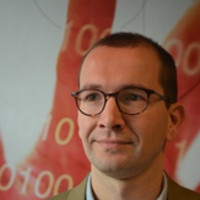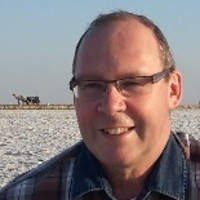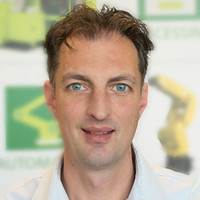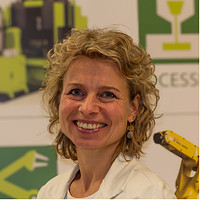Lightweight Engineering products are nowadays in high demand in various application as lightness helps to achieve energy savings. In earlier times mostly the aerospace industry was looking out for lightweight materials. In the light of climate change and resource depletion transportation, automotive, sports, packaging, and other industries use lightweight structures as well.
Objective
The research group serves as meeting point for students, researchers and industry. Together with regional business and Saxion students the Lightweight Structures chair wants to build the bridge from fundamental (scientific) research to directly applicable, practical research. The group aims at the application of cost-effective, innovative lightweight structures by businesses. Students from various fields of study at Saxion including Mechanical Engineering, Mechatronics, Industrial Product Design and Textile Technologies of Saxion can decide to take courses given by the research group, e.g. the minor course Lightweight Structures.
The research group serves as meeting point for students, researchers and industry.
Collaboration
The research group works in close collaboration with over 60 small and medium enterprises and several research centres. Strong partners are TPAC, the ThermoPlastic composites Application Center, and TPRC, the ThermoPlastic composites Research Center, in Enschede. TPAC and TPRC are independent innovation, research and development centres aim at an understanding of thermoplastic composites and their manufacturing processes on an applied and fundamental level, respectively, for a wide range of end users. TPRC was founded by Boeing, Fokker, TenCate and the University of Twente. Most of the research projects of the research group Lightweight Structures are performed within the TPAC. Together with TPAC, the University of Twente and TPRC the research group was awarded the status of Smart industry fieldlab by the Ministry of Economic Affairs, forming TPC NL.
The Lightweight Structures chair is in charge of research in the field of Lightweight Engineering, studying the underlying trinity of design, materials and processes. Special attention is given to composite materials, in particular the application of fibre reinforced thermoplastic composites. The main advantage of composite materials is that these can be engineered to be both strong and light, while providing a nearly unlimited flexibility in designs. Their lightness is particularly important for the aeronautical and automotive industries. Other benefits are sustainability, maintenance costs and colour or transparency possibilities.
The main research areas of the Lightweight Structures group are:
- Fibre reinforced thermoplastic composite inserts
- Recycling
- Automation of manufacturing
Most of the research projects of the research group Lightweight Structures are performed within the TPAC. More information can be found on the TPAC website. Students from various study fields participate in our projects in the framework of a semester project, a Living Technology project or a graduation assignment. The latest student projects are:
- Recycling of fibres into thermoplastic composites
- Design of access door panel for aerospace made of recycled thermoplastic composite material
- 3D Robot Composite Printing
- Optimized bond strength of tape placement process on fabric surface
- Integration of continuous glass fibres in extruded profiles
- Composite sandwich for civil engineering applications
- Lightweight composite bridges
- Composite solutions for digital textile printer
See also
- Interview Lecturer T. de Bruijn (Dutch)
- Nieuw application centre voor thermoplastisch composiet
- Thermoplastic composites application center (TPAC)
- Bulkpolymeren tien keer zo sterk met gebruik van vezels
- Saxion en Roessingh ontwikkelen prothese uit 3D-printer
- Nederlandse onderzoekers geven ‘wondermateriaal’ koolstofvezelcomposiet een tweede leven
- Toepassen van thermoplastische composieten
News about this research group
The team

Ferrie van Hattum
Professor Lightweight Structures

Cees Besteman
Docent/onderzoeker

Thomas de Bruijn
Docent-onderzoeker - MSc in Werktuigbouwkunde

Remi Hoefman
Onderzoeker-Lab technicus - BSc in Werktuigbouwkunde

Jos ter Laak
Projectleider-Docent - MSc in Chemical engineering

Franziska Regel
Docent-onderzoeker - PhD in Composite engineering

Rik Voerman
Projectleider - MSc in Werktuigbouwkunde

Marieke Voordouw
Project Supporter

Devi Wolthuizen
Docent-onderzoeker - MSc in Applied physics

Ferrie van Hattum
Professor Lightweight Structures
+316 - 10440179 [email protected] Ferrie van HattumThe research group Lightweight Structures is part of the School for Life Science, Engineering & Design at Saxion.